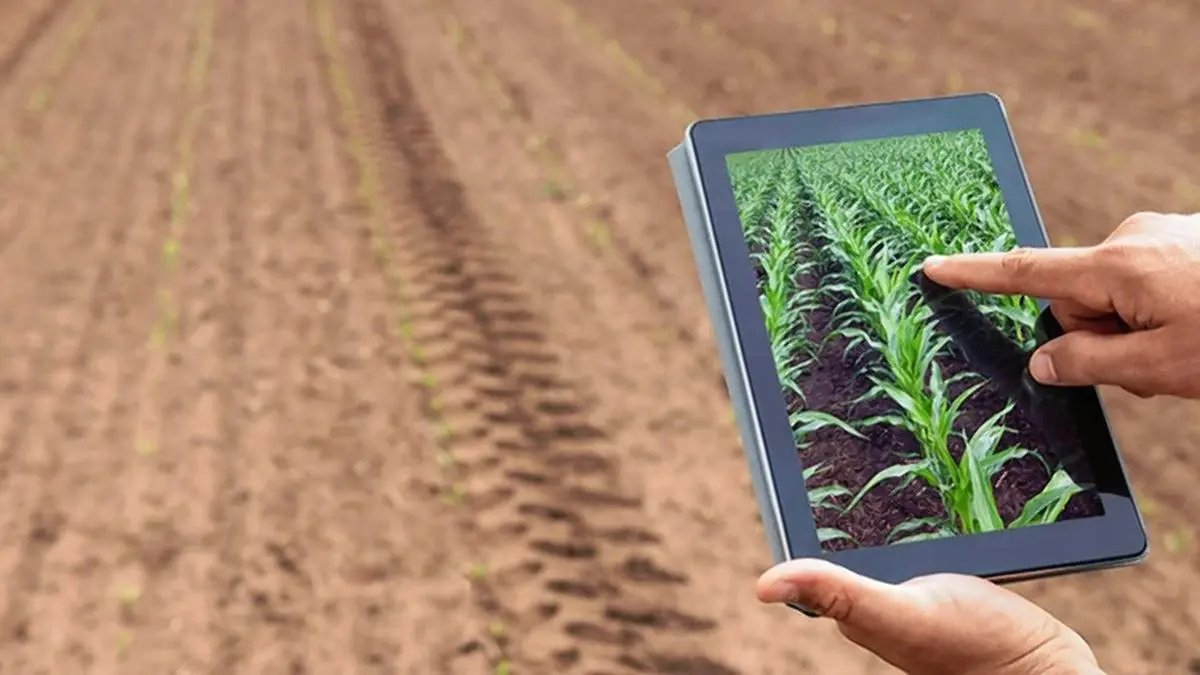India’s agricultural backbone supports nearly 60 per cent of its population, yet rural farmers—particularly women—have long been excluded from financial and technological advancements. With the rise of digital finance in recent years, this exclusion is steadily being addressed. From credit access and crop insurance to digital payments and online marketplaces, rural farmers are now connecting to a broader economic ecosystem. The result is smarter, more informed and more empowered farming communities.
Digital finance: A game changer for agriculture
Historically, rural farmers relied on informal moneylenders, local brokers and traditional market systems, which were often characterised by high interest rates, delayed payments and minimal transparency. The rise of mobile phones, internet connectivity and fintech solutions has changed that. Today, farmers can apply for microloans in minutes, insure their crops digitally, receive government subsidies directly into their bank accounts and sell their produce on online platforms. New-age digital platforms like Kuberjee are now enabling tractor owners to secure loans even against old vehicles, unlocking the hidden value in existing farm assets. Similarly, cattle farmers can easily access cattle loans through mobile apps, eliminating the need for multiple visits to banks or agents.
This shift is not merely financial—it’s transformational. With better access to timely funds and information, farmers can make smarter decisions about inputs, irrigation, storage and marketing, leading to improved productivity and income stability.
The rise of women farmers and their challenges
Women now make up over one-third of India’s agricultural workforce, taking on more leadership as male family members migrate to cities for work. Despite their increasing responsibilities, women farmers face barriers in accessing credit, land titles, training and technology. These challenges are further complicated by social norms and mobility restrictions.
Targeted financial inclusion programmes are helping bridge this gap. By training women as community-based financial facilitators, these initiatives are creating ripple effects across villages. Women who once managed only household budgets are now helping entire communities access digital services, apply for loans and enrol in government welfare schemes.
Livelihood creation through digital empowerment
These trained rural women are becoming financial service providers, digital literacy champions and agricultural advisors. They guide their peers on topics like mobile payments, crop insurance, weather forecasting apps and digital budgeting tools. In doing so, they are not just earning an income but gaining respect as community leaders.
This bottom-up model of economic empowerment fosters entrepreneurship. These women operate like micro-enterprises—offering assistance, troubleshooting and even training others—creating a sustainable livelihood model that supports both the individual and the community.
Solving the last-mile delivery problem
One persistent challenge in rural development is the “last-mile” problem—ensuring services reach even the most remote areas. Digital finance initiatives often struggle here due to infrastructure limitations or low digital literacy. However, rural women leaders acting as on-ground agents are proving to be the missing link.
They travel farm to farm, explain financial concepts in local dialects, assist with account setup or app usage and help access credit and subsidies. By combining digital tools with in-person support, they ensure no one is left behind in the digital revolution. Their local presence builds trust and demystifies technology for first-time users.
Connecting farmers to the city and markets
Beyond finance, digital tools are connecting rural producers to urban consumers. Traditionally, small and marginal farmers sold their produce through middlemen or local mandis, often at unfair prices. Now, digital marketplaces enable them to list their products directly, receive competitive bids, and track logistics.
Support systems—ranging from farm-to-fork logistics to digital invoicing—are helping build a transparent and efficient value chain. This is especially crucial for perishable goods, where timely delivery to cities determines pricing. Aggregators and digital tools also allow farmers to forecast demand, plan cropping patterns and access market trends.
Financial literacy and risk management
Another area seeing rapid progress is risk management. Small farmers are vulnerable to weather shocks, pest outbreaks and market price volatility. Without insurance or safety nets, a single crop failure can be devastating.
Financial literacy programs are equipping rural communities to better manage such risks. These include training on crop insurance, savings products, interest rates, repayment cycles and safe digital practices. With this knowledge, farmers are becoming more confident in managing credit, investing in tools and taking calculated risks to improve output.
Conclusion: A digital farming future rooted in inclusion
The digital finance revolution in rural India is not just about convenience—it’s about transformation. It is enabling smarter farming, building resilience and fostering financial independence, especially among women. By integrating grassroots agents, inclusive training and access to digital tools, rural communities are building a bridge from soil to screen.
As more farmers adopt these tools, India’s agricultural future looks not only more productive but also more equitable. With the right policies, training and localised support, the nation can ensure that its villages grow not just crops—but also confidence, capabilities and economic strength.
(The author is Co-Founder, Kuberjee)
Published on July 20, 2025




